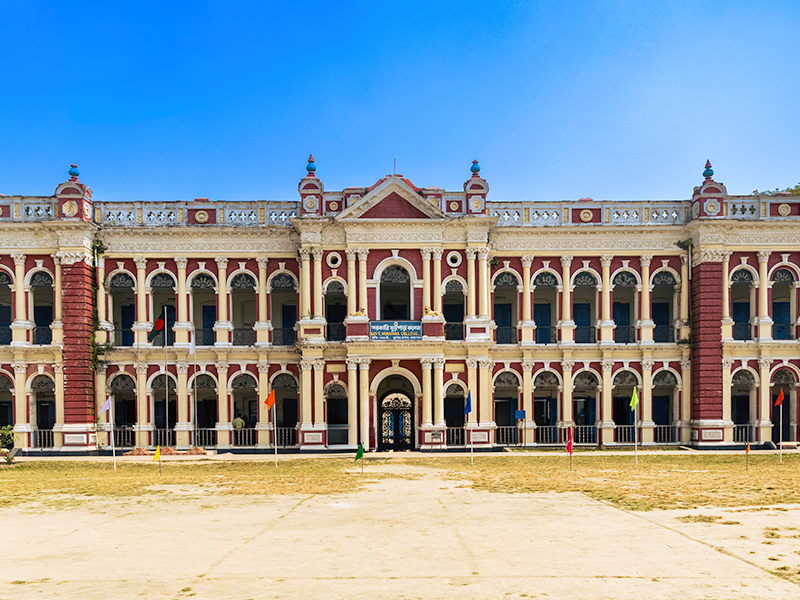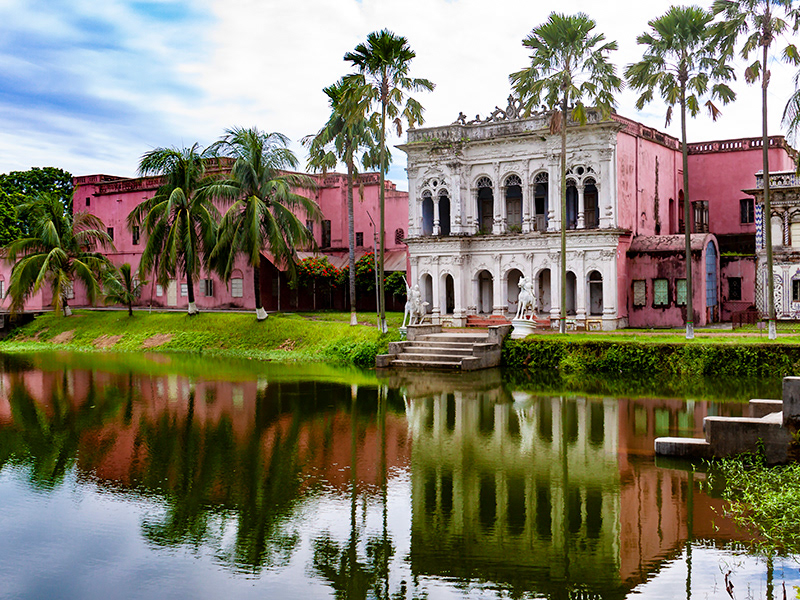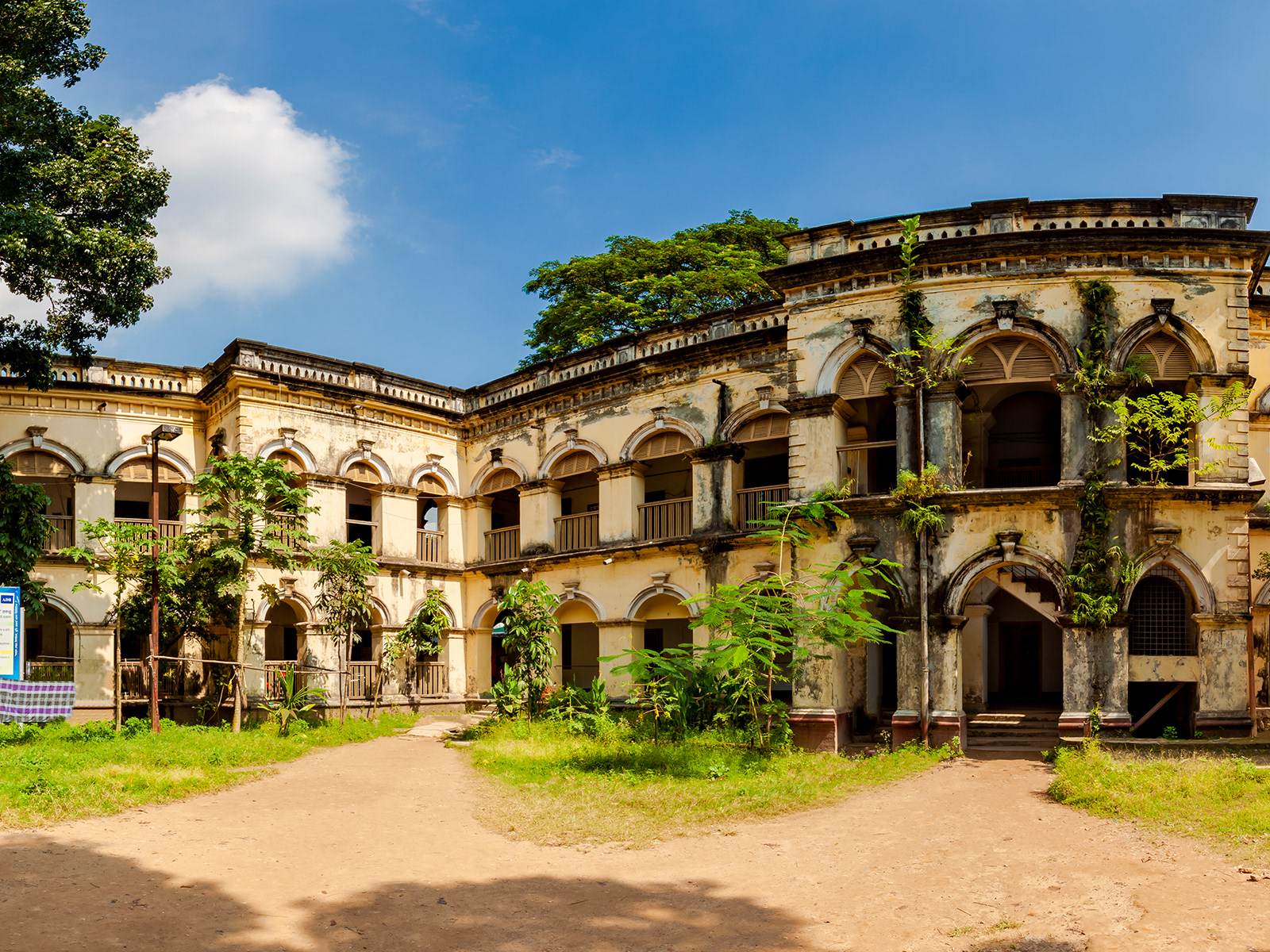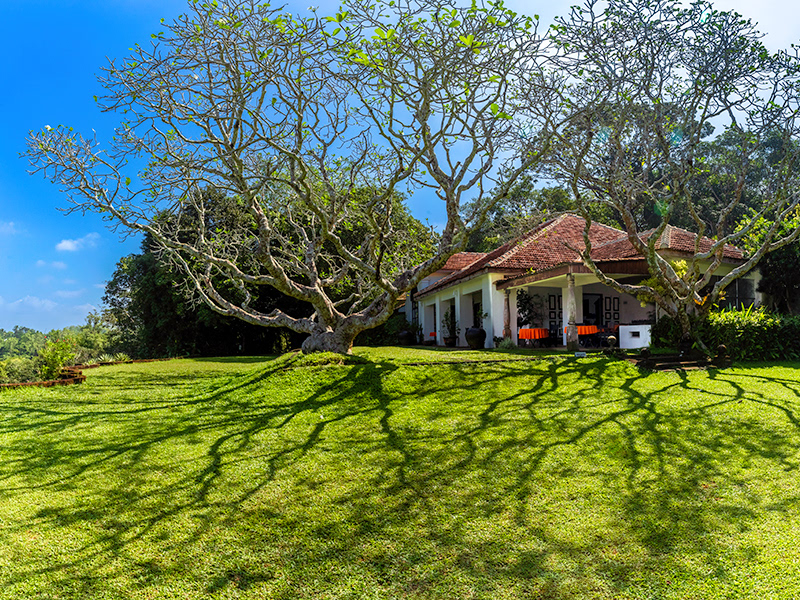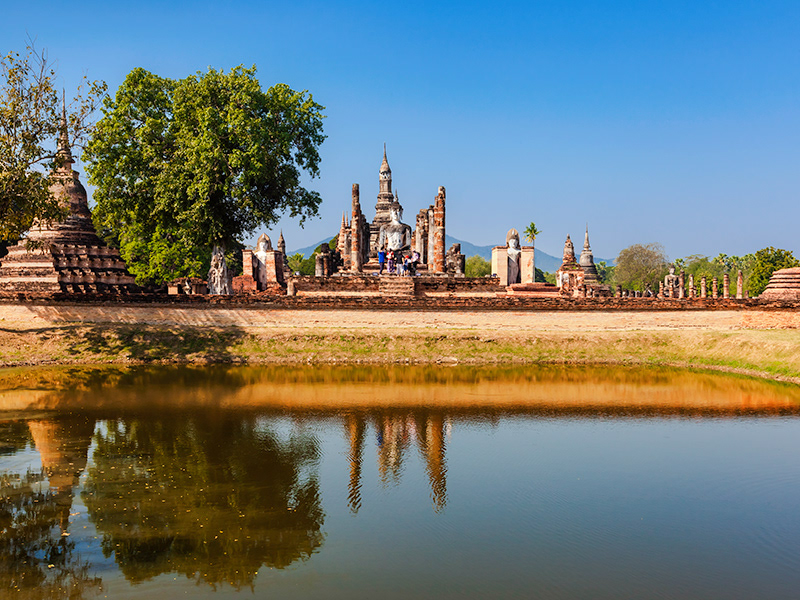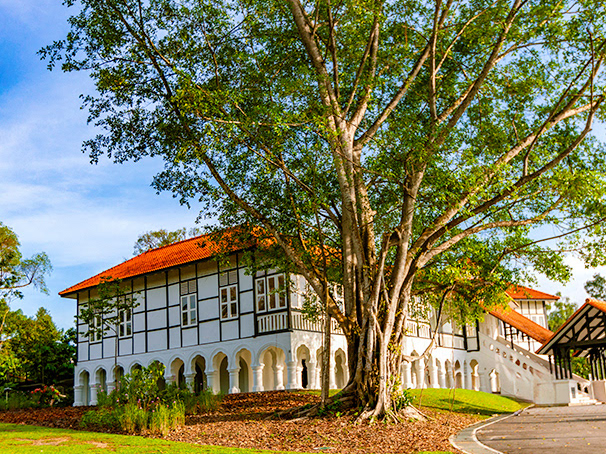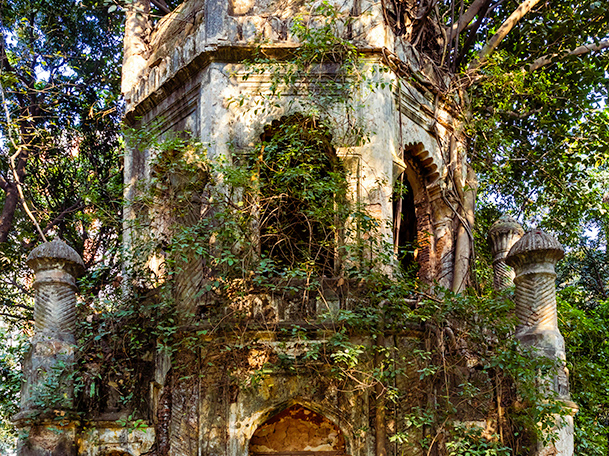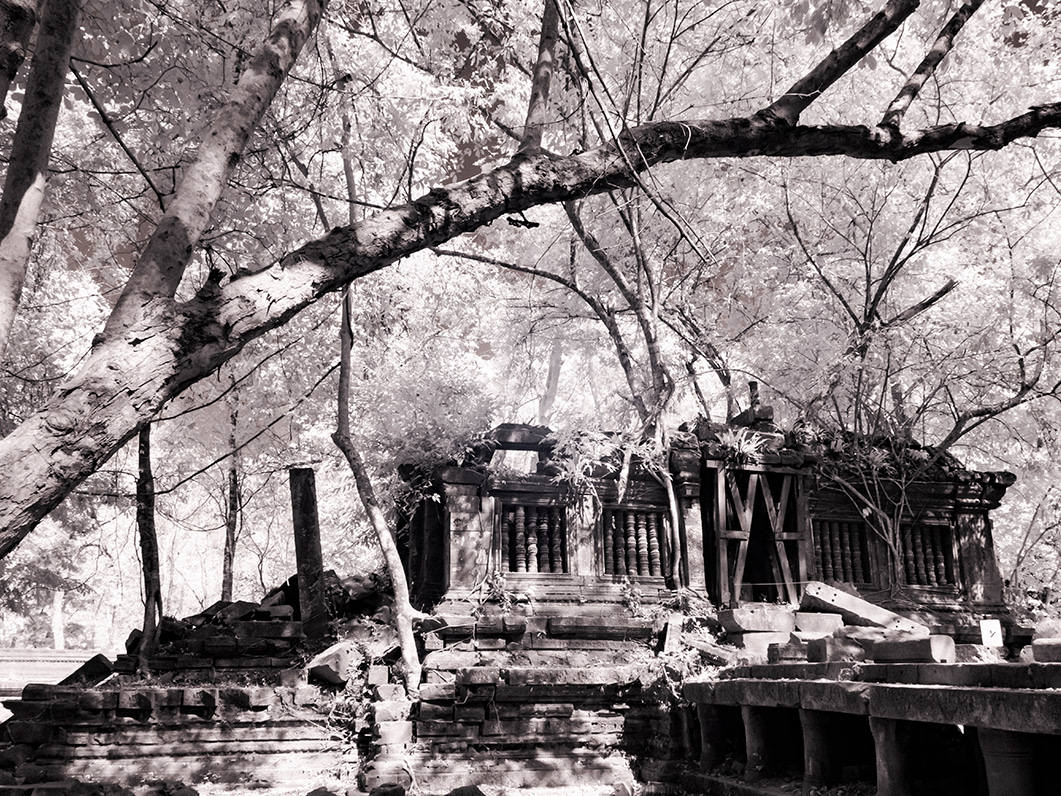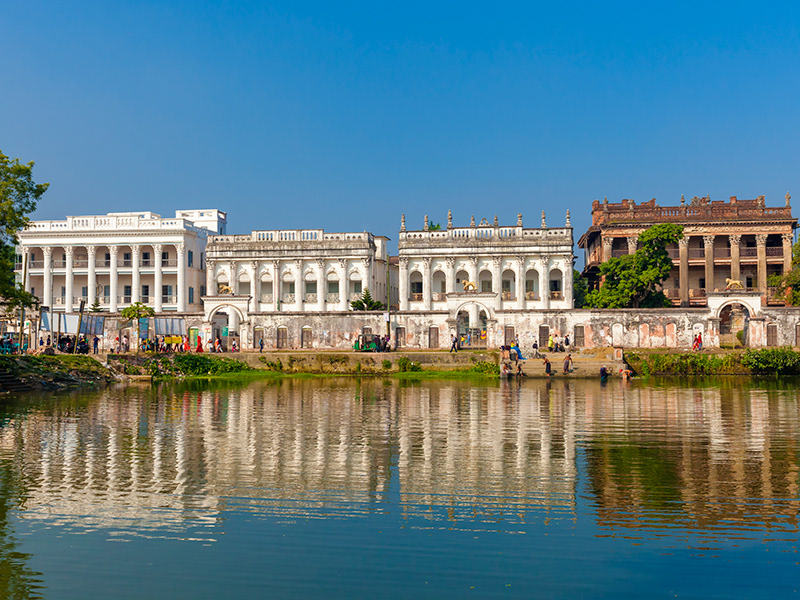Singapore - Well off the beaten track
A recent conversation with my friend Harry about the Bukit Brown cemetery led to him referring to a lost temple he'd heard about in the cemetery. This tweaked my curiosity and so a bit of on-line reasearch led me to read about the Sin Heng Teng Temple (also known as the Lao Sua Temple). So Harry and I set out one Sunday morning to find it for ourselves.
As I'd learnt from my research, the cemetery around the temple was called the Sin Heng San Teng cemetery, which is where the temple get's it's name. Elements of the temple date back to 1893. With the expansion of the Bukit Brown cemetery the Sin Heng San Teng cemetery was absorbed into Bukit Brown. However, the Bukit Brown Cemetery was abandonded in 1973 by which time it has become the home for 100,000 tombs. Today, nature is reclaiming the Bukit Brown Cemetery and many of the tombs have been lost to the jungle.
Lao Sua means "Old Hill" and the temple does indeed sit atop a hill within the cemetery. With a bit of effort and the help of Harry's Street Map app, we found the temple. What we found is simply not what you expect to come across in the middle of an abandoned cemetery, it's completely concealed and not directly accessible from any road. The only way to access it is on foot.
To our surprise we found a temple that was hardly lost to the jungle anymore (as we'd read in the online articles we had found). In fact, it seems to have been lovingly restored by a group of local people who have taken it upon themselves to save the temple. Their restoration efforts seem to have started around 2012 and include replacing the roof, clearing the overgrowth, restoring the dragon painting at the back wall of the temple and making regular offerings to the temple deity Tua Pek Kong (the Grand Uncle, god of fortune).
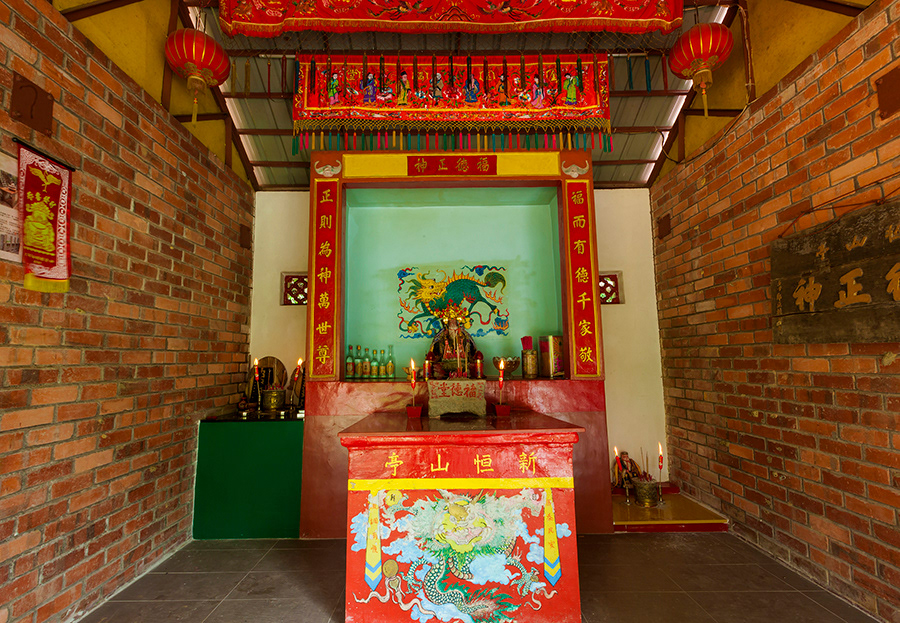
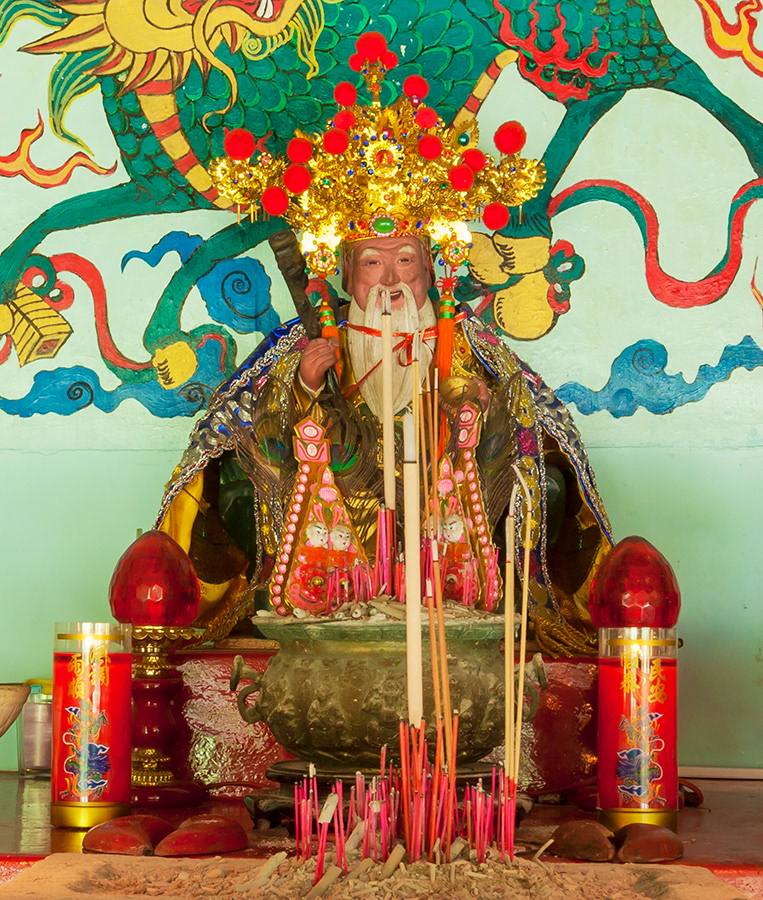
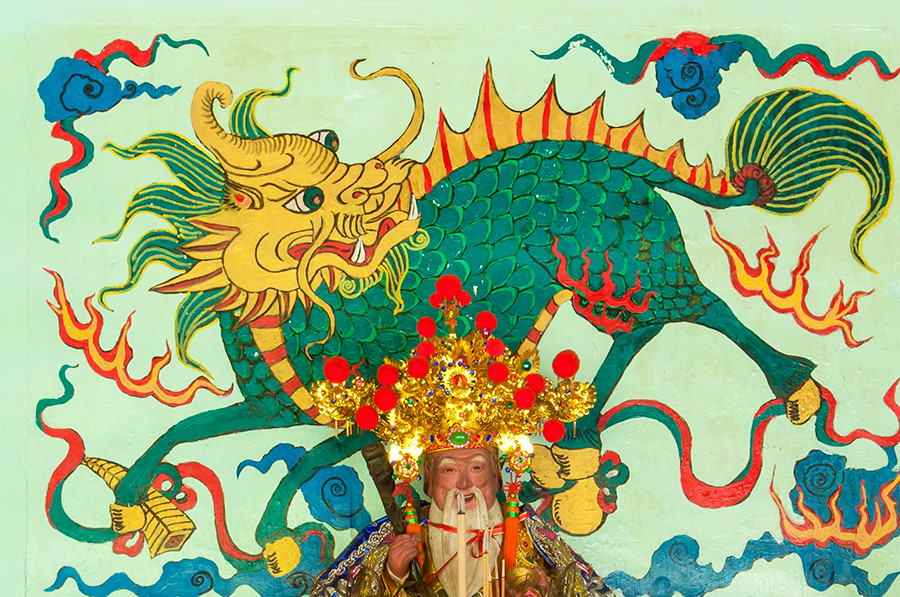

There are photographs on the wall of the temple that show its original state before work started to bring this lost temple back to life. The photos, taken by the authors of the 2012 article that I'd come across on-line, have some early restoration shots. Based on the reaction of our arrival at the temple that fine Sunday morning, I would guess that we were among a very small number of foreigners to make their way to the temple. We were curious about them and they too were intrested to learn about how we'd found our way to them.
The conversation that followed was both inspiring and illuminating. As best as we could tell, they are a group of friends who spend their Sunday's at the temple working on its restoration and meeting up socially in the process. As soon as we'd arrived they started to tidy up the temple for our benefit and welcomed us with cold drinks (for which we were very grateful). They noticed our camera equipment and were only too happy to tell us of other nearby hidden gems, like the 80-year old abandoned well and the natural underwater stream running through Butik Brown.
As far as we could gather, some in their group, recall playing as children in a Kampong (i.e. hamlet) that was located very close to the temple. No doubt the well and the stream served the residents of the Kampong. We were told that people had lived near there as recently as the mid-1960s. Although none of the dwellings remain, the foundations of the courtyard, the 60 ft. well and the shells of the outdoor toliets are still visible.
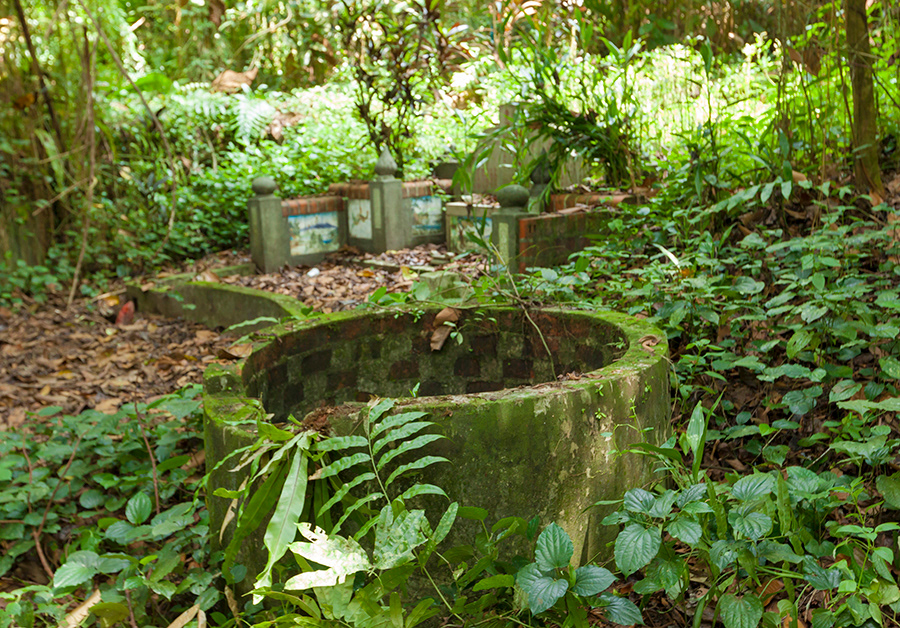

In my joy of finding the temple and having been engrossed by the stories of our kind hosts, I almost forgot to notice the fact that we were surrounded everywhere by old graves/tombs that were being completely taken over by nature. With the abanndonment of Bukit Brown, it's past being lost to time and the families of those buried here also losing touch with their ancestors, there is no one to care for the graves/tombs.
All of this in the heart of Singapore within minutes of busy public thoroughfares, homes and public buildings. This was just one of the many surprises that Singapore has offered me in my short time here. Do enjoy a few more of my photos of the temple and its surrounds below. We will return to Bukit Brown, for sure.
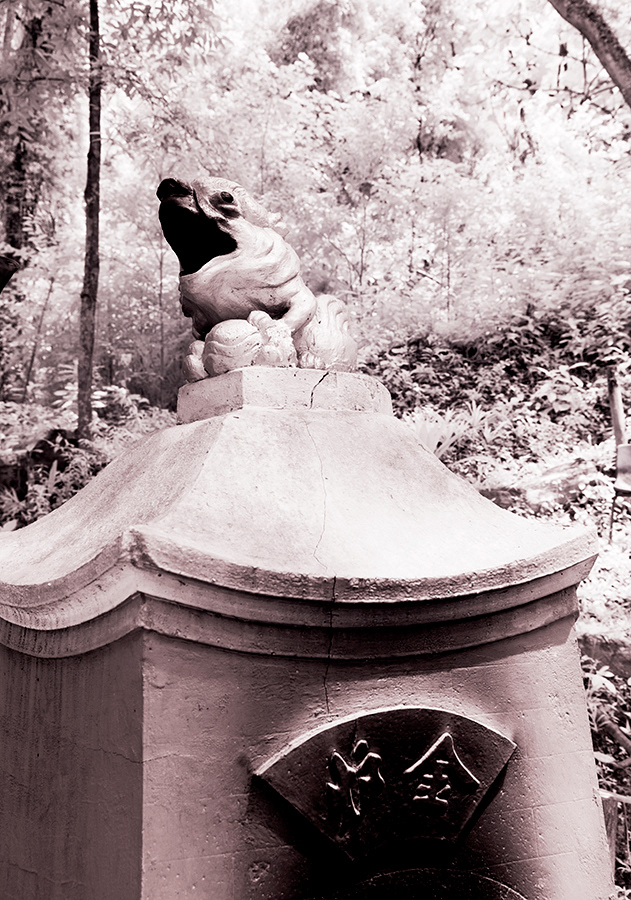
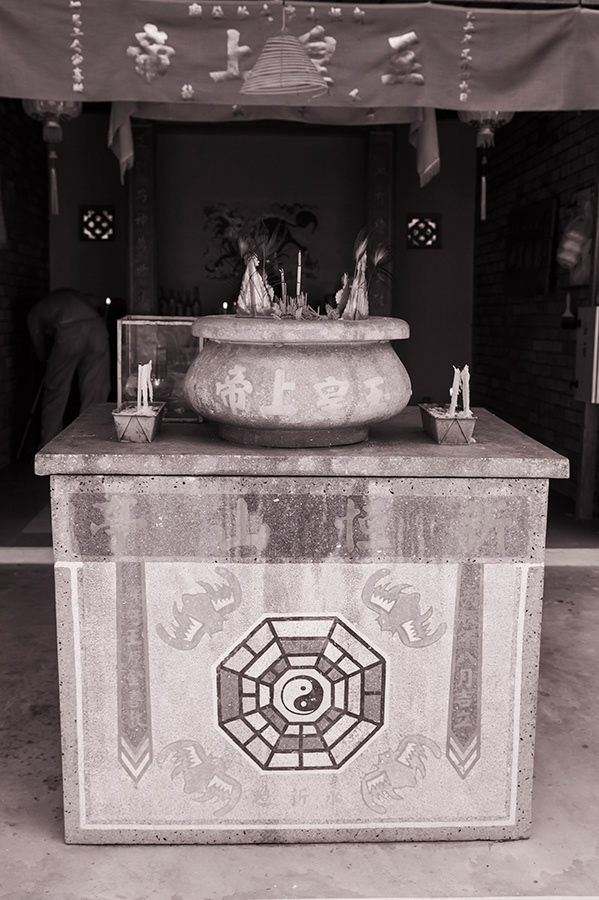
For further information please visit:

